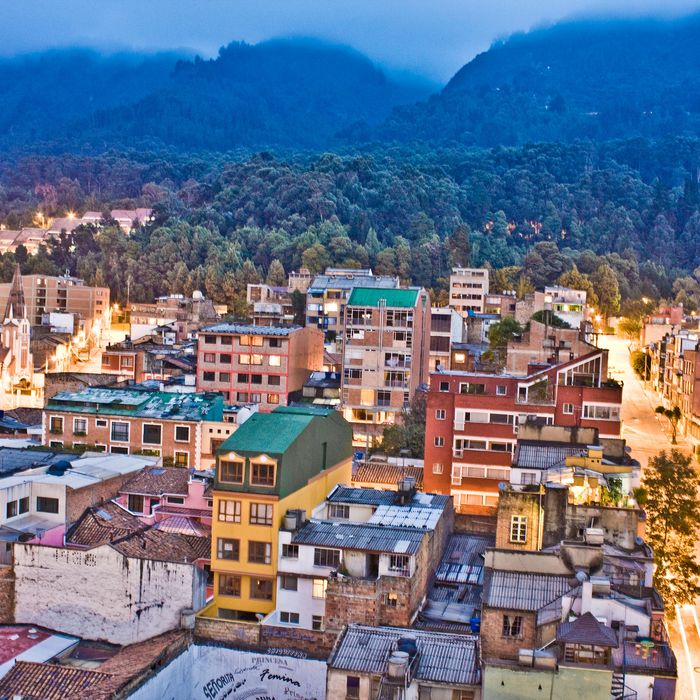
It’s commonly understood that the best way to explore a new place is to go straight to the locals. Each week in the Urbanist, we take that wisdom one step further by seeking out not just locals but local experts — those who are especially well versed in their cities’ newest and most noteworthy scenes — to give us insider recommendations. This week, we asked Benjamín Calderon, a model with the Bogotá-based agency ESPECIE Forma, for his picks in Colombia’s capital city.
“In Bogotá, you will find people from all over Colombia because it’s the capital city. We have a mix of accents here and a racial mix. You have to hang out with locals. Colombians are quite well known for being approachable. We don’t really have seasons, but June and July are the best times to visit. June tends to be the driest month of the year. Many locals are on vacation then, so you can explore the city better. Something you must do here is go to the Monserrate and Guadalupe Hill, the highest hills in town. Bogotá is a city surrounded by mountains. When you go up there, you have an entire view of the city and you can experience the contrast of its geography as well as its biodiversity. One neighborhood you must go to is La Candelaria, which is where all the museums are gathered. The Gold Museum (Carrera 6 No. 15-88), the Art Collection of the Bank of the Republic (Calle 11 No. 4-93), and the Museo Botero (Calle 11 No. 4-41) are there. It’s a great area to learn about Colombian history and art.”
His Other Musts
Hotel
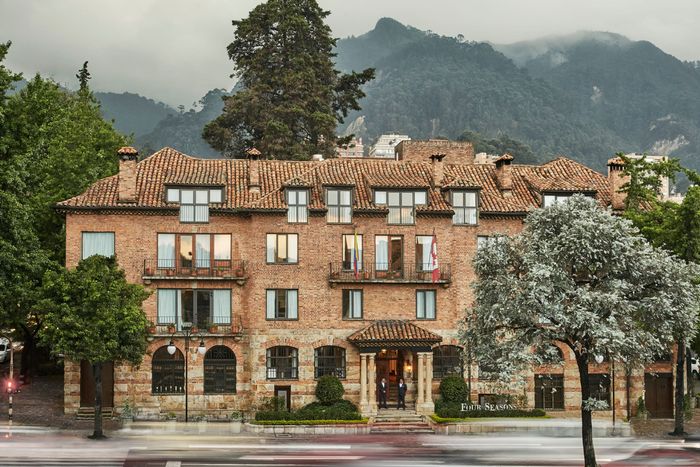
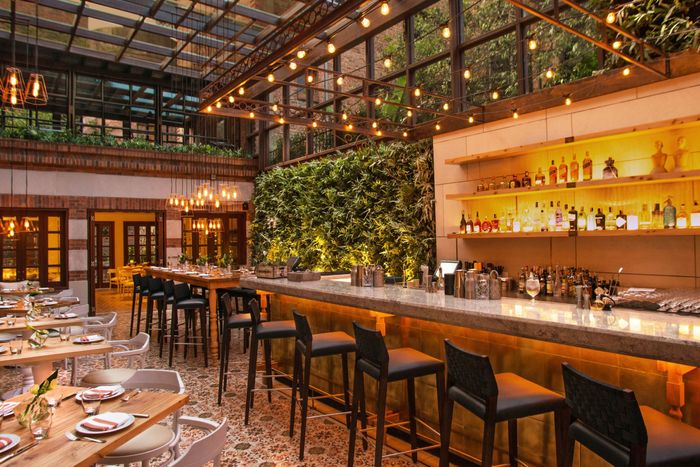
“The Four Seasons Hotel Casa Medina Bogotá (Avenida Carrera 7) is one of my favorite hotels. Its architecture is typical to Bogotá. It’s a huge colonial-style house, and it looks like a castle with brick façade, a spiral staircase, wood beams on the ceiling, and carvings on the doors. It’s located in Zona G, an area surrounded by the best restaurants in the city. Inside the hotel, they have an amazing Mediterranean restaurant and maybe the best coffee shop in town, called Castanyoles. The space is full of glass and sunlight. A great place to sit and have a cappuccino.”
Coffee
“Colombia is known for the best coffee in the world. What we drink the most is called tinto. It’s like an Americano but with less concentration of coffee and more water. My favorite neighborhood in town is called Quinta Camacho, and my favorite coffee shops are there: Brot (Calle 70 No. 8-44), Abasto (Calle 69A No. 9-09), and Bourbon Coffee Roasters (Calle 70a No. 13-83). At Bourbon Coffee Roasters, I order a cappuccino or an Americano. It’s in a big Victorian-style redbrick house with large windows and a huge backyard patio. I usually get cappuccino at Abasto and Brot because they have high-quality, premium coffee at a cheap price. It’s quite good. There’s also this coffee shop called Amor Perfecto (Carrera 4 No. 66-46). If you’re ranking the ten best coffee shops in Colombia, this is No. 1. They not only sell good coffee but also coffee beans in any type of shape and flavor.”
Boutiques
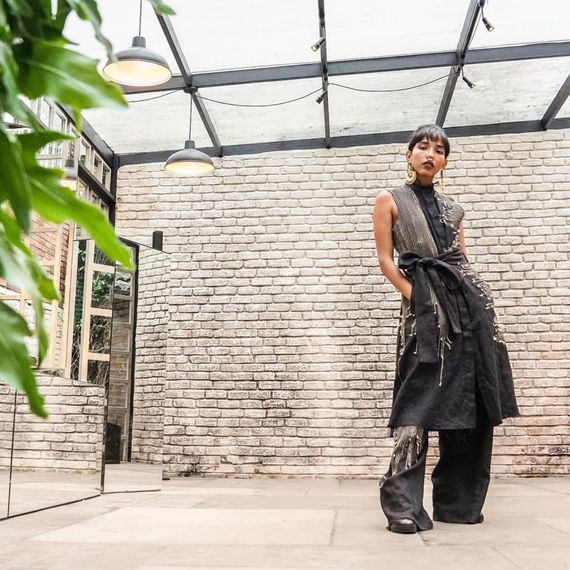
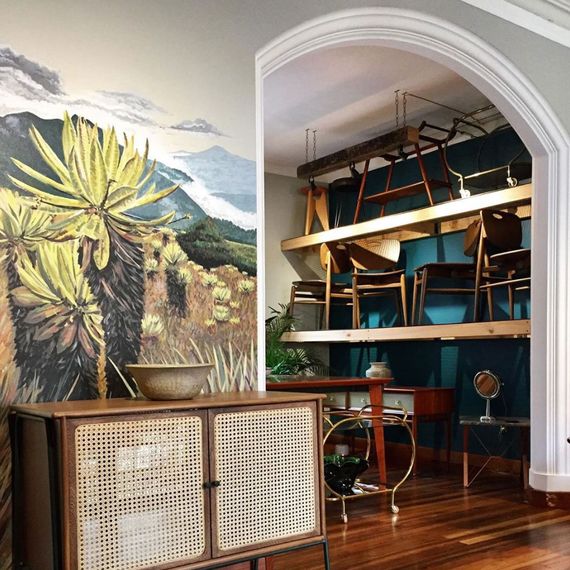
“Quinta Camacho is a good spot for shopping not only for Colombian designers but also thrift and secondhand shopping — clothes, interior design, art pieces. Moblar (Calle 69 No. 8-18) is incredible for modern interior design. If I’m ever remodeling my apartment, I will definitely go there for furniture. Casa Aainjaa (Calle 69 No. 11a-34), this place is hot. It’s a boutique that carries Colombian fashion and design brands. Most of their pieces are done by hand and involve the Colombian tradition of using plants in their designs. One of my favorite brands, A New Cross — I modeled last year for them — has a showroom there. Guay (Calle 69 No. 10A-29) sells clothes, jewelry, and other goods from Colombian designers, especially those who are interested in sustainability. It’s trendy vintage clothes. I didn’t notice until a year ago, but a lot of young people are mostly buying secondhand clothes because they’re concerned about climate change.”
Colombian Food
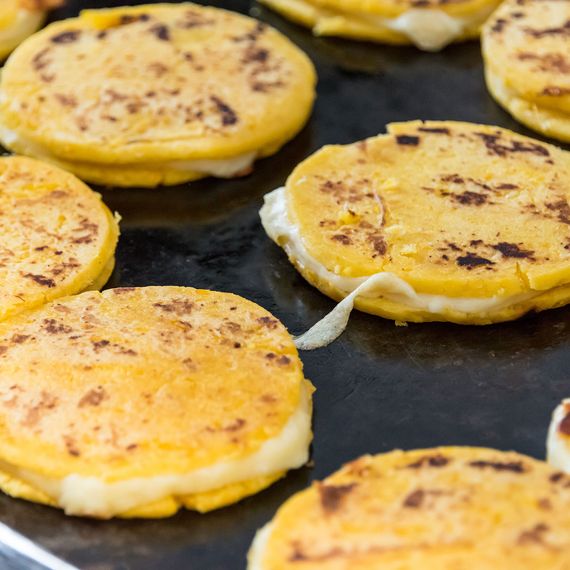
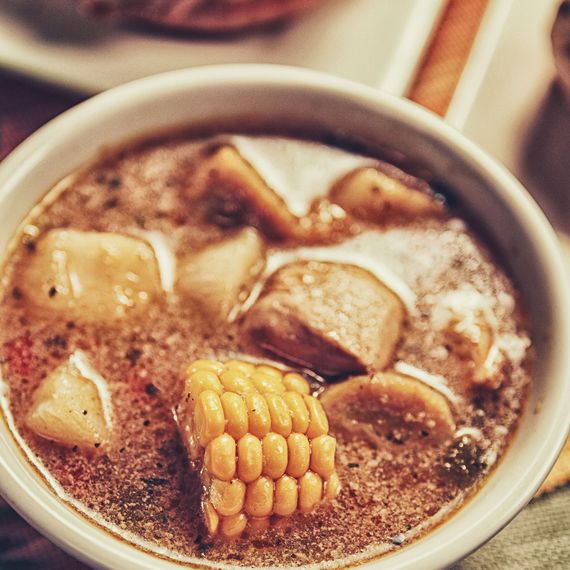
“When it comes to authentic Colombian food, you should avoid the gentrified, expensive areas and go to more traditional plazas de mercado. The best way to experience Colombian gastronomic culture is at the markets. You can buy food to take home but also get lunch there. La Perseverancia is five blocks away from La Macarena neighborhood. This place has the most authentic Colombian food. You should definitely try ajiaco, a soup of chicken with small pieces of potatoes and corn. If you want to have the best arepas in town, you have to go to Puerto Arepa (Carrera 1 No. 21-22) in downtown. Arepa chile con chorizo is my favorite.”
Local
“Nightlife is quite varied in Bogotá. People will invite you to go to Calle 85, where all the bars are gathered, but it’s not my favorite because it’s quite crowded and overpriced. Go to Chapinero, which is a big borough in the middle of Bogotá. My favorite place, Video Club (Calle 64 No. 13-09), is there. It’s a techno bar and disco-reggaeton bar. The people who usually go there are the coolest people in town. Most of the friends I have right now, I have met at Video Club. It’s full of neon lights and huge disco balls. It’s really popular to drink guaro (a liquor made from sugarcane) or aguardiente (a licorice-flavored liquor also made from sugarcane). It’s cheap, but it’s quite traditional. People used to get drunk with that in early times. You drink it straight. People also drink a lot of Ron Caldas, a Colombian rum. I drink Ron better than water. There’s also new bar called Odem (Calle 63 No. 13-11). It’s a great place to drink beer. There’s a restaurant inside, which has sandwiches and burgers. They opened recently, and it’s amazing. Artsy, stylish people go there.”
Museums and Galleries
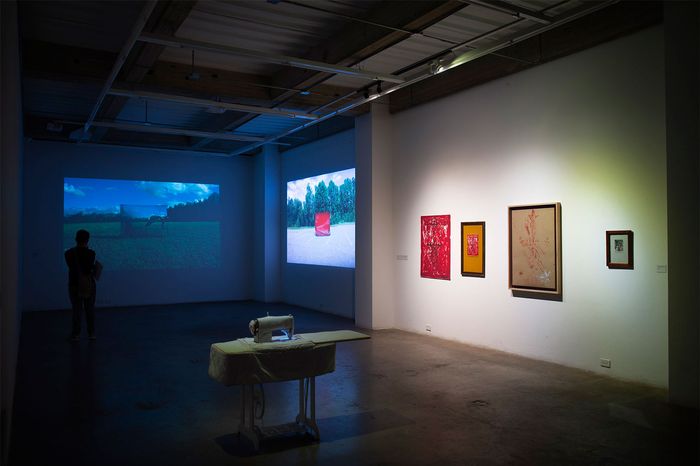
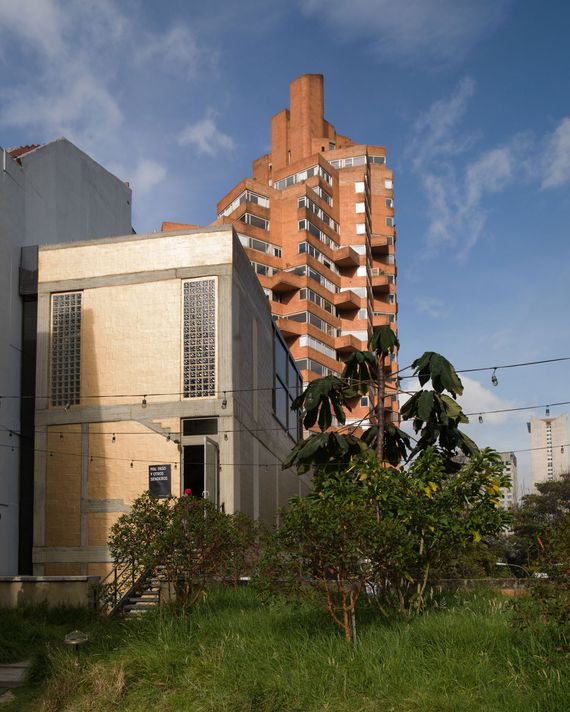
“Museum of Modern Art of Bogotá (Calle 24 No. 6-00) is not the huge place you expect it to be, but it’s well curated and one of my favorite places here. The exhibitions are quite good and related to political and social issues that Colombians are interested in. Earlier this year, they had an exhibition called ‘Estorbo’ about the violence people are experiencing on the border between Venezuela and Colombia. My two favorite art galleries are NC-arte (Carrera 5 No. 26B-76) and Espacio El Dorado (Carrera 4a No. 26C-37). They’re modern-art galleries, which is really good for the country because most people here are only accustomed to classical art. These kinds of galleries not only give them a wider vision of what is art and how art evolves, but also they try to involve people.”
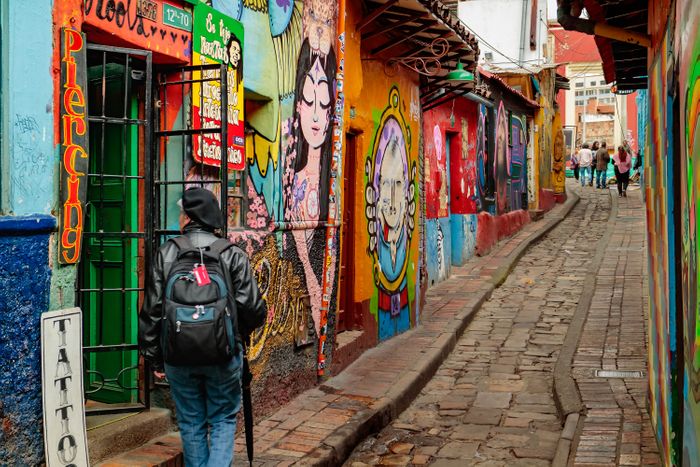
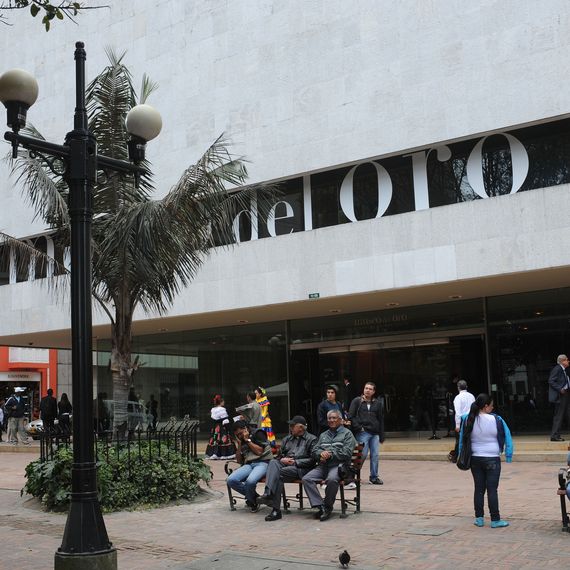
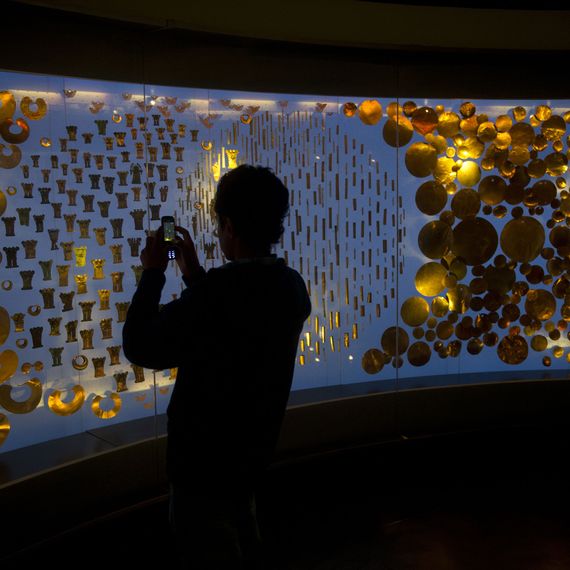
“The other neighborhood you must go to is La Candelaria. It’s the most traditional form of Bogotá lifestyle with old colonial houses, which are mostly hotels [now]. It also has the Gold Museum (Carrera 6 No. 15-88), the Art Collection of the Bank of the Republic, and the Museo Botero. The Gold Museum is my second-favorite museum in town because of the history of gold in Colombia and the manipulation of that. The Museo Nacional de Colombia (Carrera 7 No. 28-66) is also great. It looks like a huge castle from the outside. There are paintings, sculptures, and war craft — guns that were used during wars.”
Weekend Getaway
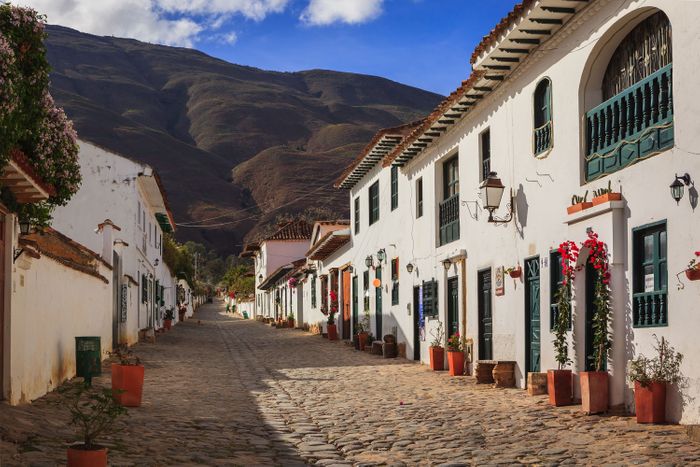
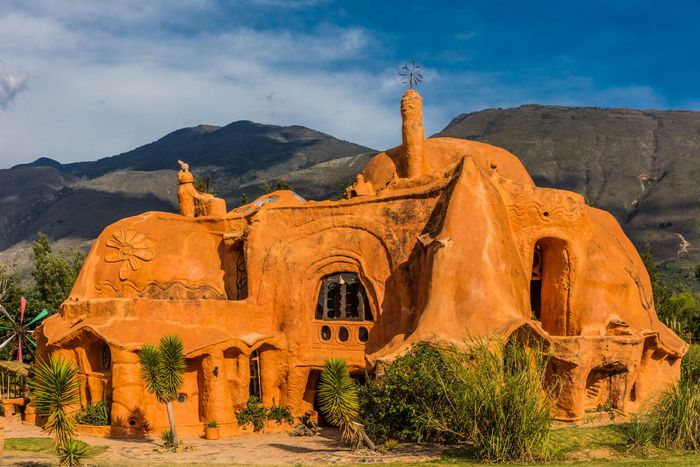
“Villa de Leyva is maybe my favorite town in Colombia. It’s about three or four hours away by car. It has this particular colonial architecture, which gives you a vibe of what Colombia looked like in the 18th century. They have big town squares. It’s surrounded by mountains, so it’s cooler there. There’s an ostrich farm, Granja de Avestruces. It’s so cute. You can actually feed them, go out with them, and eat them. They serve an ostrich burger. At La Periquera, a nature preserve with forests and waterfalls, there’s some kayaking and riding bikes. It’s nice to ride a motorcycle in the afternoon. You can rent one anywhere near Pozos Azules, which is a beautiful lake. It’s a kind of desert in the mountains. Everything is red.”
More Destinations
- The Urbanist’s Guide to Approachable, Unusual Hikes
- The Urbanist’s Guide to the Beaches of New Jersey
- The Urbanist’s Guide to Tucson

